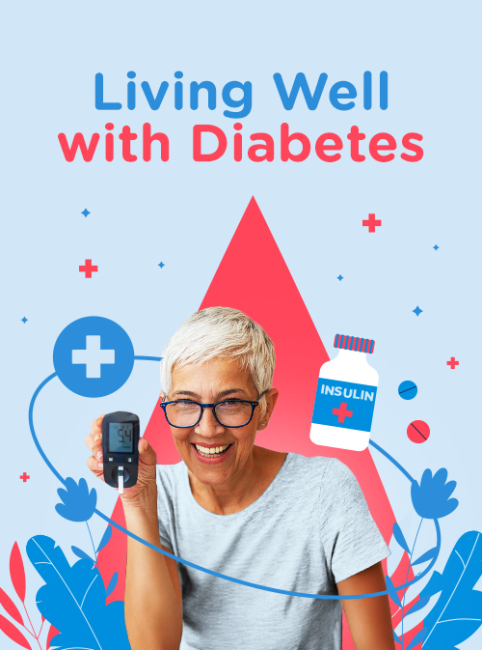The skin protects the body from damage and regulates the body’s temperature. Like other organs, it can become vulnerable to diseases and conditions. Fortunately, the symptoms of these conditions are often easy to spot. What are the most common skin problems and their symptoms?

Common Signs of Skin Problems
Patches of skin turning white
One major sign of an underlying skin condition is a noticeable change in one’s skin color. This means that the skin is losing melanin, which is the pigment that gives the skin color. A person who is exposed to more sun needs more melanin in their skin to protect them from skin damage.
When a person’s skin appears to be losing its color, it may be a primary symptom of a skin pigment disorder. These conditions include:
Vitiligo. This is a chronic skin condition characterized by the appearance of white patches all over the skin. Vitiligo happens when the cells responsible for creating melanin suddenly die out. As a result, these white patches may grow bigger over time.
Albinism. People with albinism have bodies that are not capable of producing melanin. As a result, a person with albinism has very light skin, hair, and eyes and is very sensitive to sunlight.
Red sores that appear crusty or inflamed
Skin ulcers appear as open sores or craters with crusty skin surrounding the area. These sores are usually symptoms of conditions like:
Impetigo. This is a highly contagious bacterial skin infection that usually affects babies or younger children. Impetigo sores can be very red and itchy, and may ooze liquid which dries into a yellow crust around the sore. As a general rule, these sores appear on the arms or legs, or around the nose or mouth area.
Cold Sores. Fever blisters or cold sores are caused by the herpes simplex virus (HSV). Cold sores usually appear as blisters or open sores around the mouth area. It is also very contagious, though symptoms may not show up immediately after infection.
Thick, crusty, and scaly skin
Dry skin is a common skin irregularity that is typically accompanied by crusty or scaly skin that flakes off or peels. What are the most common skin problems with crusty, scaly skin?
Psoriasis. This is a chronic skin condition that causes the skin to develop plaques. It stems from skin cells multiplying faster due to a malfunction of the immune system.
Dermatitis. This term describes a group of skin disorders that result from irritation of the skin. Types of dermatitis include eczema, seborrheic dermatitis, and contact dermatitis.
Raised bumps on the skin
Some skin conditions can cause bumps to form on the skin. These bumps may be similar to a rash, but may not necessarily come in clusters. Papules are red, swollen bumps, while those with yellowish-liquid (pus) are pustules. The following are conditions that can cause these bumps:
Acne. This skin condition can come in the form of whiteheads, blackheads, or pimples that result from the clogging of hair follicles with dead skin and oil (sebum).
- Keratosis Pilaris. This is a harmless skin condition that causes rough, dry, and bumpy skin on the thighs and upper arms. This skin irregularity stems from a build-up of keratin on the hair follicles causing texture similar to “chicken skin.’
Taking Good Care of Your Skin
It’s easy to prevent skin problems with good hygiene and proper skin care habits. Also understanding what are the most common skin problems is important, as you can seek out medical help when symptoms arise.
Below are some easy ways to take care of your skin:
- Use sunscreen when going out to protect your sun from overexposure to UV rays.
- Hydrate and moisturize with lotion to avoid dry skin
- Avoid any harsh or strongly scented skin products as fragrances can be a source of irritation
Key takeaway
Symptoms can appear on your skin can be due to a variety of skin conditions. If you suspect that you’re suffering from a skin problem, it’s wise to seek the advice of a health professional. Self-treatment can make your condition worse, or even lead to more issues concerning your skin.
[embed-health-tool-vaccination-tool]



















